What Flower Grows in the Worst Conditions? Discover Nature’s Toughest Blooms
When you’re trying to create a garden that can withstand the toughest climates, you’ll need flowers that aren’t afraid to get their petals a little dirty. Coneflowers are some of the most resilient flowers you’ll find, thriving even in drought conditions. Their vibrant colors and hardy nature make them a favorite for anyone looking to brighten up their yard without constant maintenance.
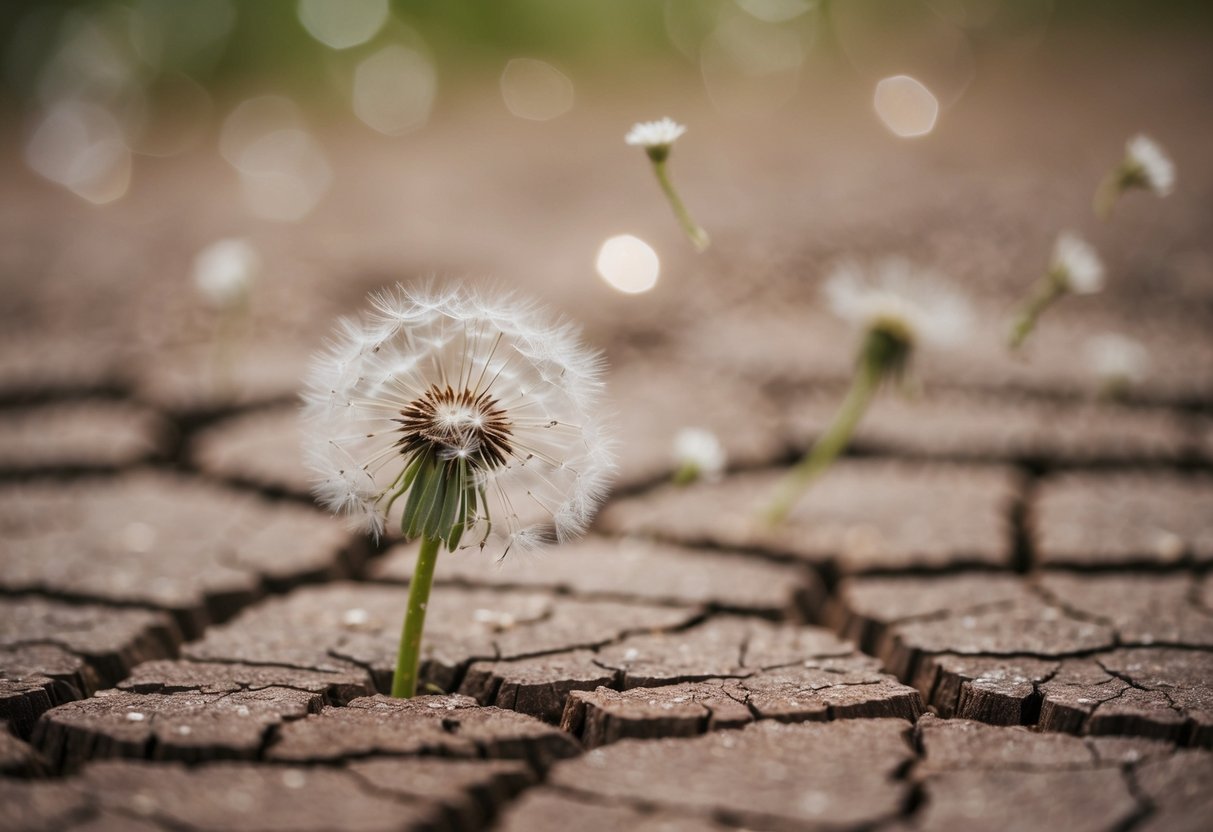
You might also consider the Dragon’s Blood Sedum, a striking plant that loves sunny spots, but can also manage in partial shade. It’s perfect for tough environments and gives a beautiful contrast with its green and red foliage. This plant proves that even the harshest conditions can’t hold back a determined bit of nature.
For those dealing with wet climates or heavy rainfalls, the Canna Lily stands out. With its large, banana-like leaves and bold blossoms, it’s well-suited for soggy areas, offering lush beauty even when the weather’s less than perfect. Embracing these resilient plants in your garden means less stress for you and more time enjoying their beauty.
Characteristics of Hardy Plants

Hardy plants are known for their ability to thrive in tough conditions. These plants offer benefits like endurance against the elements, minimal upkeep, and a long lifespan, which make them ideal for challenging environments.
Adaptability to Extreme Weather
Adaptability is a key trait of hardy plants. They can withstand extreme weather such as drought, heat, or cold. These plants, like the Beardtongue, are capable of thriving in diverse climates.
Many hardy plants have strong root systems that help them access water and nutrients even in poor soil. This means you don’t have to worry much about them during unexpected weather shifts. Their resilience allows them to recover quickly from seasonal damage.
Longevity and Perennial Nature
Hardy perennials live for several years, regrowing each spring. They save you the trouble of replanting annually because they naturally endure seasonal changes. Plants like the Coneflower regenerate and provide vibrant color from summer to fall.
You’ll appreciate their long lifespan, as many improve in appearance over the years. These plants often require time before they show their full beauty. This patience pays off with vivid blooms that attract pollinators and enhance garden spaces.
Low Maintenance Requirements
Hardy plants have low upkeep needs, making them perfect for busy gardeners. They typically require less watering and fertilization. These plants often adapt to various soil types, allowing them to grow without extensive soil preparation.
Some, like Sedum, prefer sunny spots but can also do well in partial shade. This flexibility reduces the need for constant attention. Their robust nature means fewer pest problems, saving you time and effort in pest control.
By choosing hardy plants, you can enjoy a thriving garden with less fuss, leaving you more time to enjoy the beauty they bring.
Best Flowers for Harsh Conditions
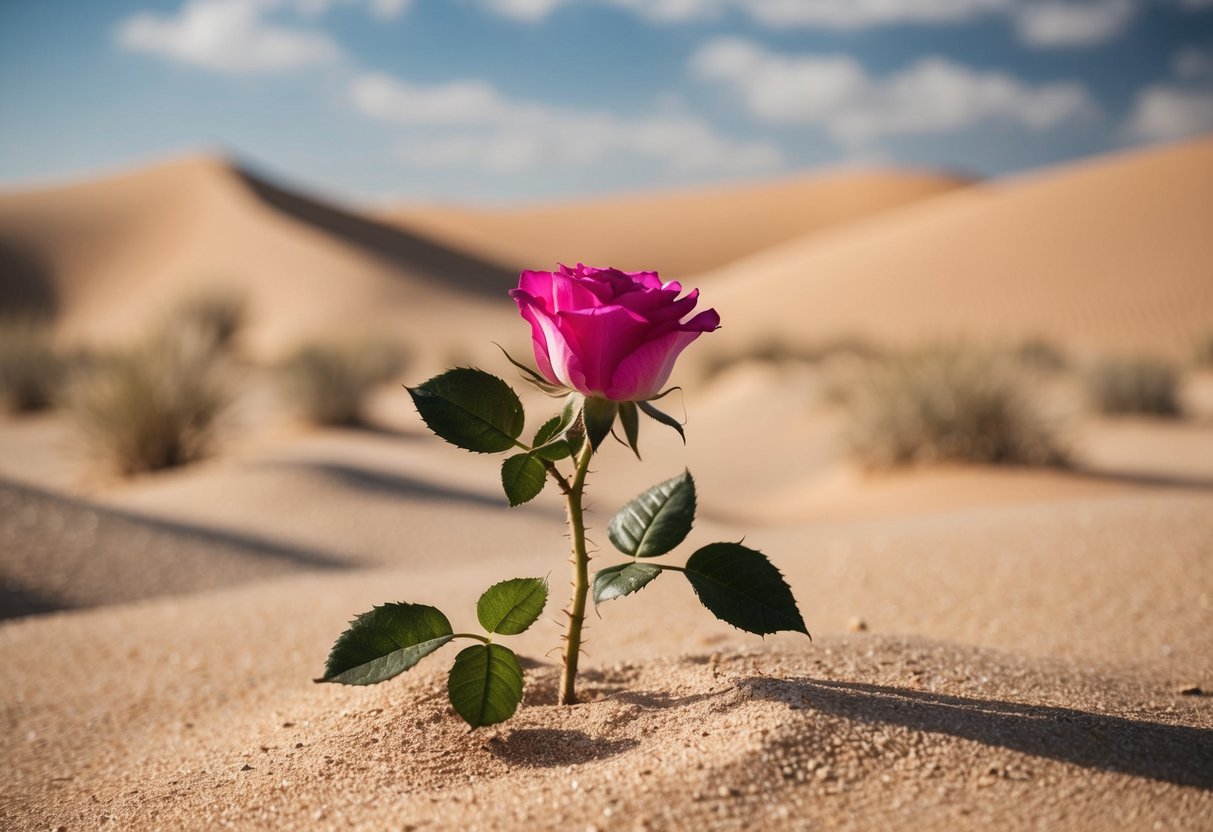
If you’re looking for flowers that can thrive in challenging environments, several options stand out. These plants are not only beautiful but also incredibly resilient. Whether you’re dealing with intense sun, drought, or rocky soil, these flowers can handle tough conditions with ease.
Coneflowers and Daylilies
Coneflowers, known scientifically as Echinacea, are tough enough to withstand dry spells and poor soil. Their large, vibrant blooms attract pollinators, adding life to any garden. They come in a variety of colors, from pink and purple to orange and white.
Daylilies are another hardy choice. They bloom repeatedly over the summer and easily adapt to different soil types. You’ll find that they thrive in full sun, making them perfect for dry, sunny locations. Their flowers come in many colors, providing variety and beauty to your garden.
Succulents and Sedum
Succulents are excellent for areas with little water. They store moisture in their leaves, allowing them to go long periods without being watered. With their unique shapes and colors, succulents can be both decorative and functional.
Sedum, also known as stonecrop, is a standout among succulents. It thrives on slopes and rocky areas, making it ideal for tough spots in your yard. Sedum adds texture to your garden with its plump leaves and colorful flowers. Its durability and ease of care make it a favorite for gardeners in arid regions.
Gazanias and Geraniums
Gazanias are known for their bright and cheerful blooms. They are incredibly drought-tolerant and perform well in hot, sunny areas. These flowers close at night and open in the morning, adding a dynamic touch to any garden.
Geraniums, particularly the hardy varieties, are also great for challenging environments. They can survive in rocky soil and partial sun. Geraniums offer long-lasting blooms and require minimal care, making them a practical choice for gardeners who want low-maintenance plants. Their flowers are vibrant and they come in a range of colors, from pinks to reds and even deep purples.
Creating Vibrant Landscapes
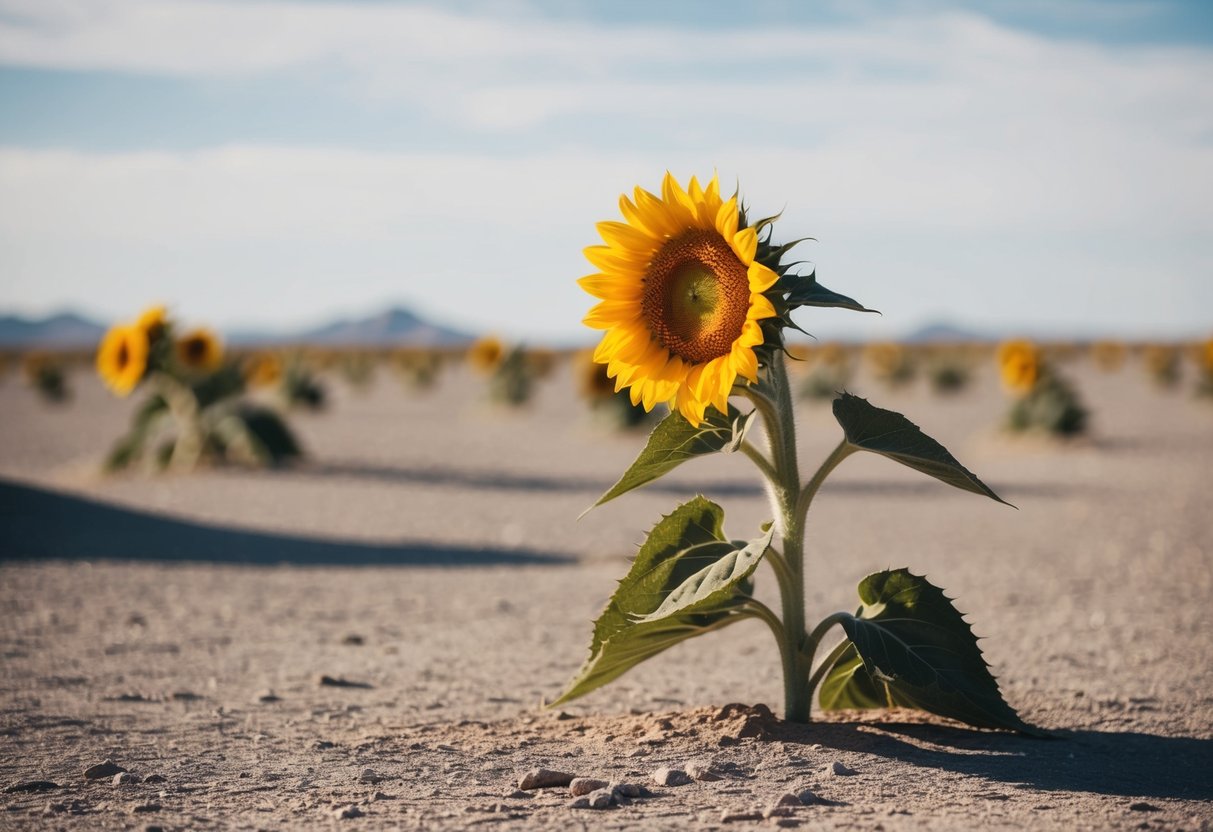
When crafting vibrant landscapes, integrating wildlife, using design elements in rock gardens, and employing color and fragrance are key. These elements not only enhance the visual appeal but also support local ecosystems and enrich your garden experience.
Integrating with Wildlife
Inviting wildlife into your garden can create a lively atmosphere. Using native plants like bee balm and coreopsis attracts pollinators such as bees and butterflies. You can also incorporate catmint and cosmos to draw in a variety of insects, which support local birds and small animals.
Bird baths or small water features can provide hydration for birds during dry spells. Shelter can be provided through dense plants such as hostas and shrubs, offering safe spaces for nesting and resting. Encouraging wildlife means nurturing a self-sustaining, eco-friendly garden that buzzes with life.
Design Elements for Rock Gardens
Rock gardens are perfect for harsh conditions and add unique texture to the landscape. Choose plants like sedum and rusian sage, which are drought-tolerant and thrive in rocky soil. These plants require less maintenance while adding pops of color.
Layering rocks at different heights creates visual interest and pathways for rainwater drainage, reducing erosion. Use small stones as a base layer and larger rocks as focal points. Combine contrasting foliage and blooming patterns to keep the space visually dynamic, creating an engaging rock garden that stands out.
Utilizing Color and Fragrance
Combining colorful and fragrant flowers makes your landscape both visually appealing and appealing to the senses. Incorporating peonies and coral bells introduces vibrant colors that persist through different seasons. Flowers like hyacinths and snowdrops provide early blooms even in colder weather conditions.
Fragrance is another layer to consider. Hellebore and fragrant russian sage not only add to the visual beauty but also release delightful scents into the air. Strategically plant these near walkways or sitting areas to enhance the sensory experience. The balance of color and scent creates a garden that is delightful to experience.
Caring for Resilient Flowers
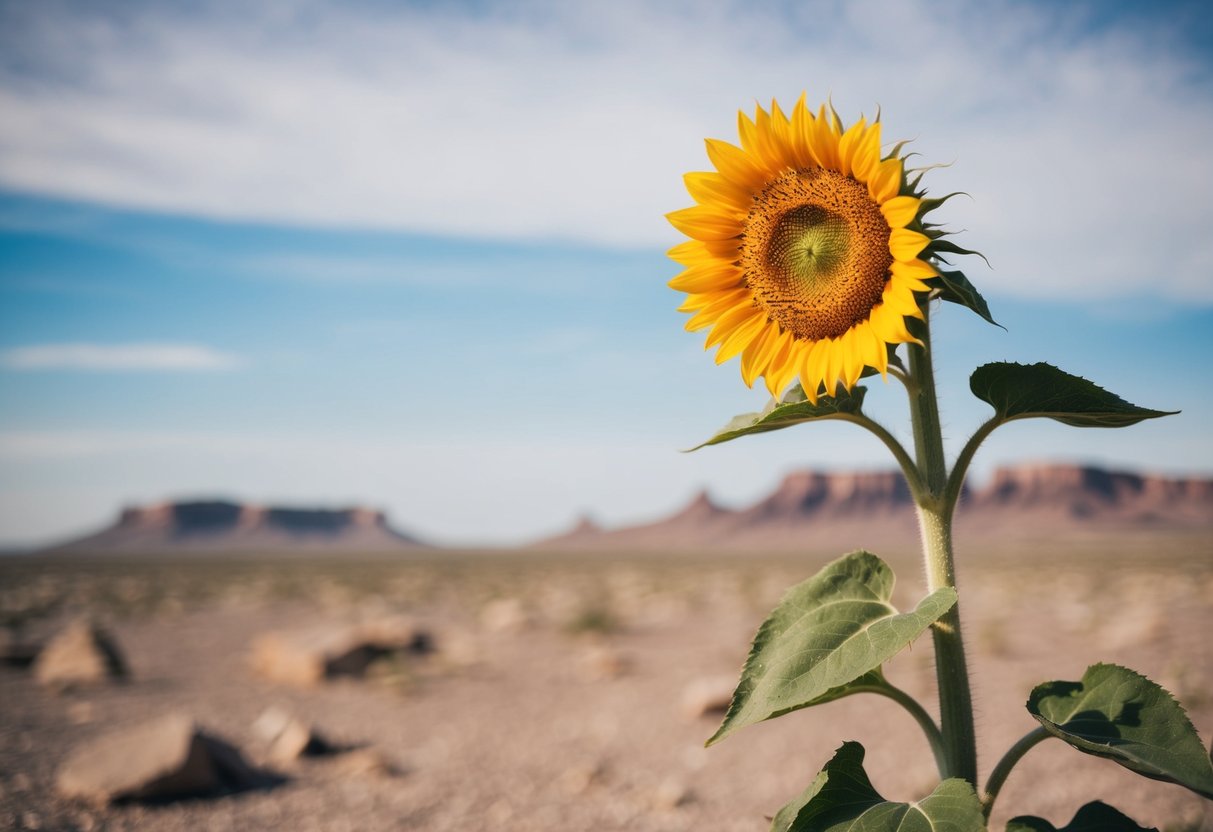
When caring for resilient flowers, it’s important to focus on watering strategies, soil and nutrient management, and maintaining a balance between sunlight and shade. Whether you’re growing drought-tolerant sedum or hardy sunflowers, understanding their needs helps keep them thriving in challenging environments.
Watering Strategies
Watering resilient flowers involves understanding their unique needs. Drought-tolerant varieties like sedum and cosmos bipinnatus require less frequent watering, so it’s crucial to avoid over-watering. For flowering plants like hydrangeas or oriental lilies, keep the soil consistent by watering deeply but less often.
Tips:
- Water early in the morning to reduce evaporation.
- Focus on the roots rather than the leaves.
- Use a drip irrigation system for efficiency.
Avoid:
- Over-watering, which can lead to root rot.
- Watering during the hottest part of the day.
Soil and Nutrient Management
Selecting the right soil and maintaining its nutrient content is key to healthy growth. For drought-tolerant plants like nepeta and Japanese anemones, well-draining soil with organic matter is essential. Adding compost or a slow-release fertilizer can support their growth.
Suggested Soil Mix:
- 1 part compost
- 1 part loamy soil
- 1 part coarse sand
Soil Management Tips:
- Test pH levels to match plant needs.
- Amend soil with organic matter to improve fertility.
- Avoid compacted soil; it inhibits root growth.
Sunlight and Shade Balance
Achieving the right balance of sunlight and shade helps resilient flowers grow strong and healthy. Full sun plants like sunflowers thrive with more than six hours of sunshine, while partial shade varieties like hydrangeas need protection from intense afternoon rays.
Sunlight Tips:
- Observe your garden’s light patterns.
- Plant sun-lovers like sunflowers in south-facing spots.
- Use taller plants to provide shade for those needing partial cover.
Shade Management:
- Consider placing shade-tolerant plants under trees or near taller structures.
- Rotate pots to ensure even light exposure.
By tailoring your approach to the specific needs of these hardy flowers, you’ll create a garden that’s not only beautiful but also resilient to extreme conditions.
Year-Round Interest with Flowers
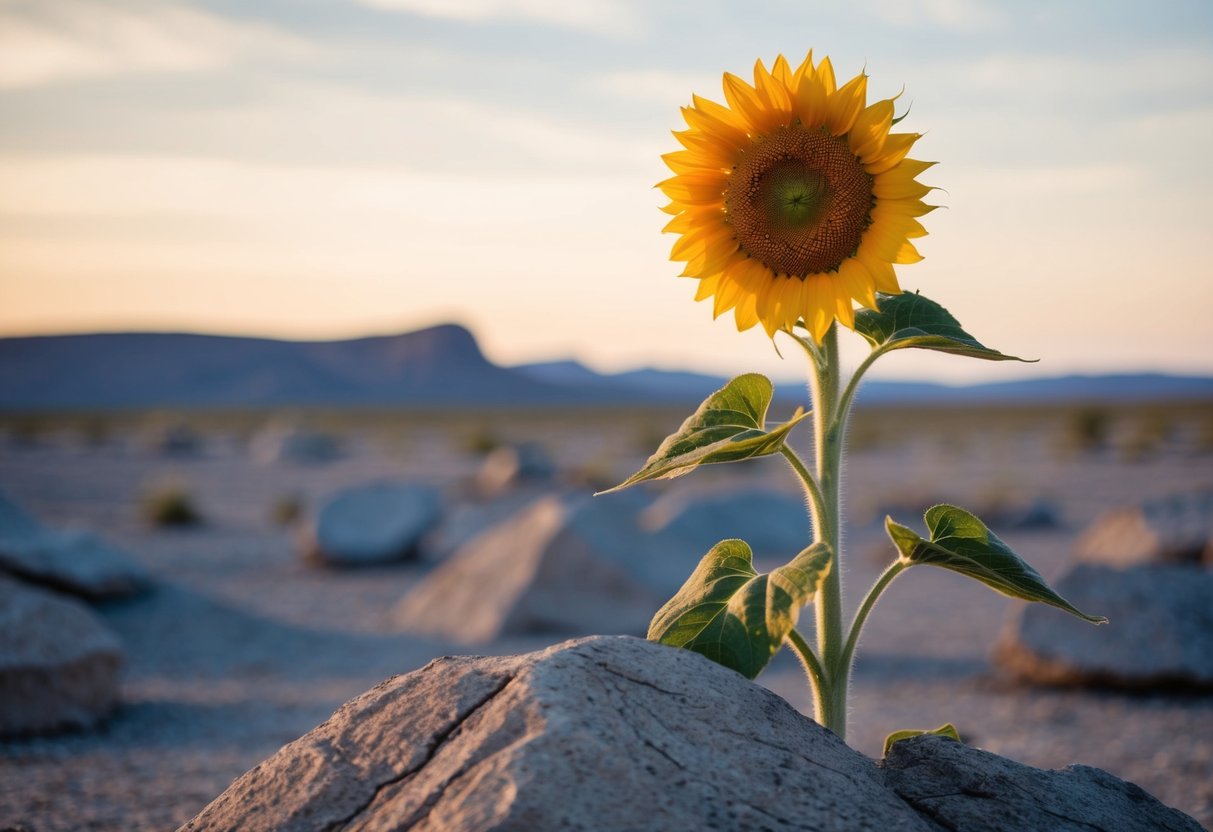
Flowers can add beauty and life to your garden throughout the year. By choosing the right plants, you can enjoy a vibrant and ever-changing landscape. Understanding how different flowers thrive in various conditions can enhance your gardening experience.
Seasonal Blooming Phases
Certain flowers like the Gaillardia provide bursts of color in different seasons. These blooms can last into the fall. Another option is the Iris, known for its stunning spring display, which comes in various colors and sizes.
Perennials like these can create a dynamic garden landscape as they go through their natural blooming cycles. By selecting a variety of plants with different blooming times, such as early-blooming Snowdrop for winter and Gaillardia for autumn, your garden can always have something in bloom.
Evergreen Varieties
Evergreen flowers and plants can maintain their foliage and offer greenery even in winter months. They provide a backdrop for seasonal blooms and keep your garden looking lively all year.
Some evergreen plants also have flowers that bloom throughout the year, like the Crown of Thorns which is a hardy flower known for its ability to thrive in tough conditions. These plants not only keep their green leaves but also showcase vibrant flowers at times when other plants might not be in bloom.
Attracting Birds and Insects
Your garden can also serve as a haven for pollinators and other wildlife. Choosing plants like Bee Balm can attract butterflies and bees, essential for the pollination of your garden.
These flowers supply nectar and create habitats for insects and birds. The inclusion of such plants supports a healthy ecosystem in your garden by attracting these helpful creatures. You’ll find that a garden buzzing with life is both beautiful and beneficial.
By strategically planting these varieties, you can enjoy not just the flowers, but the vibrant wildlife they attract. This interaction is vital for maintaining the health of your garden and its blooms.







